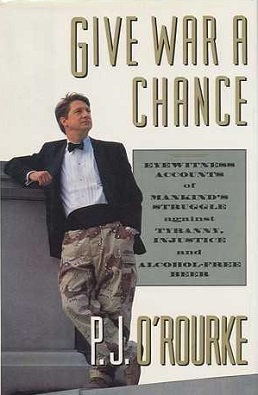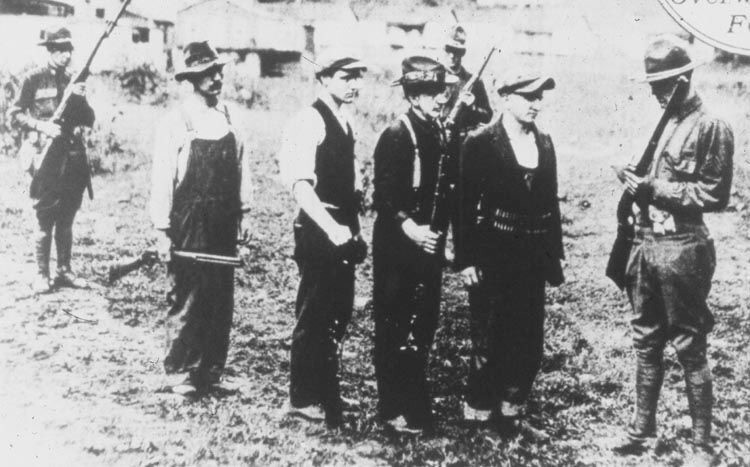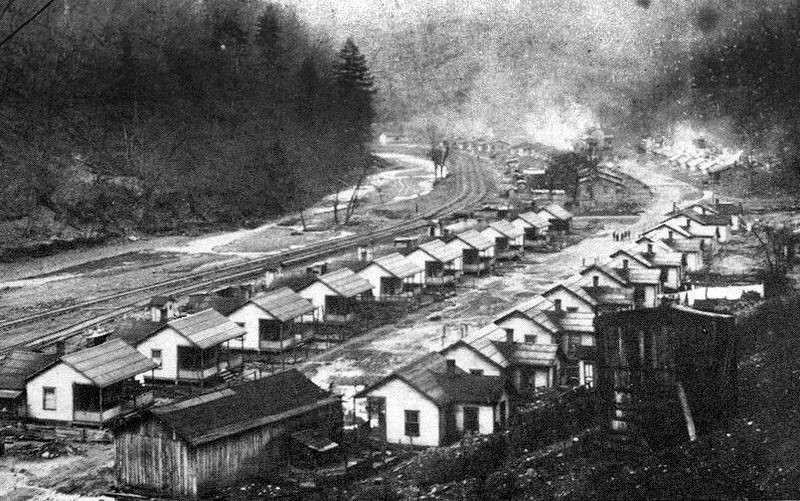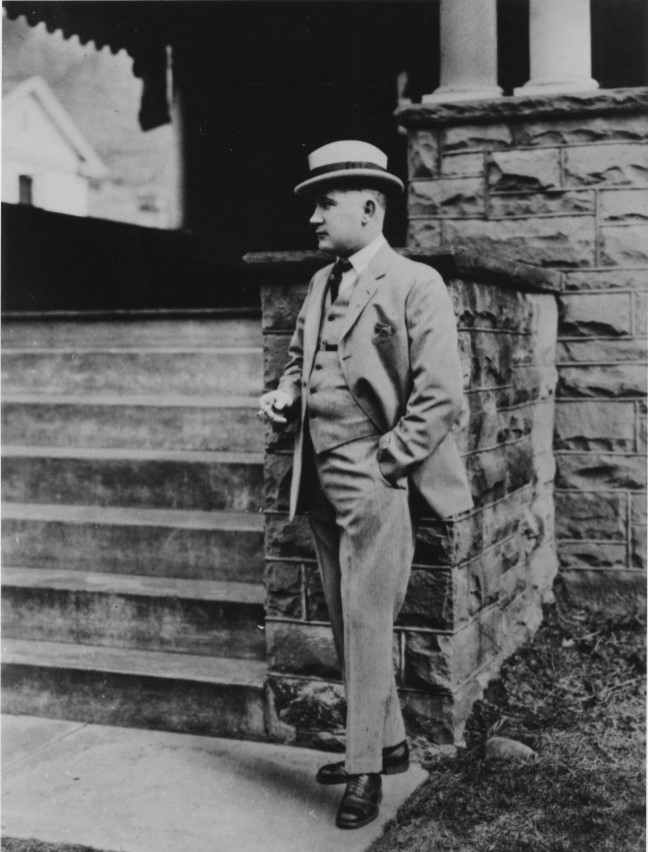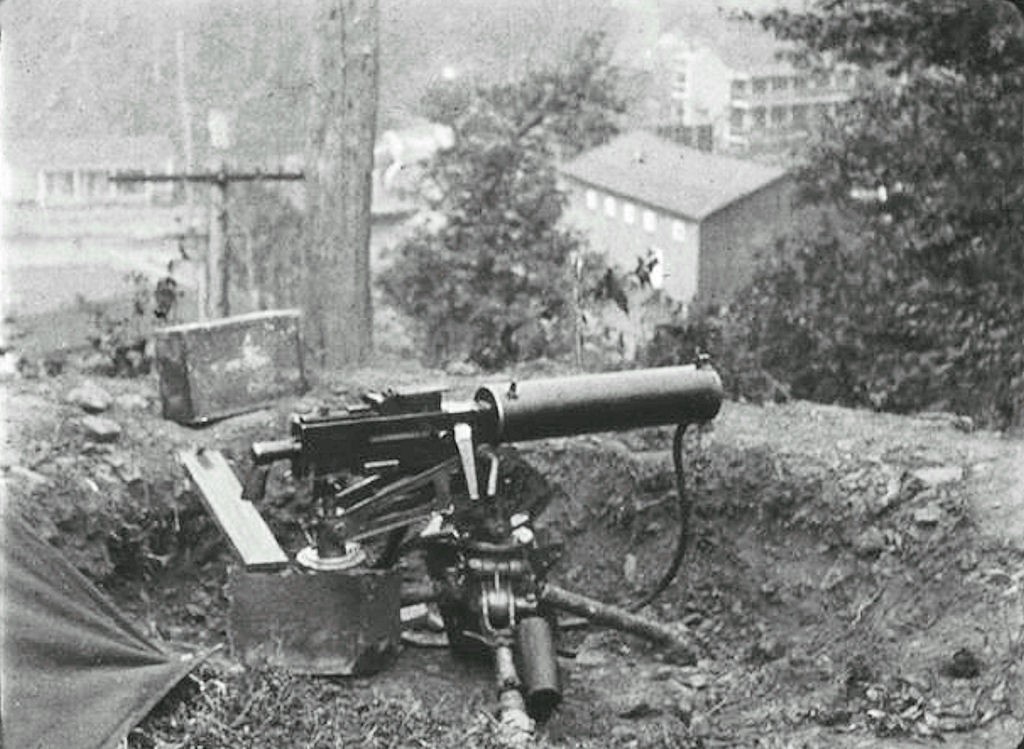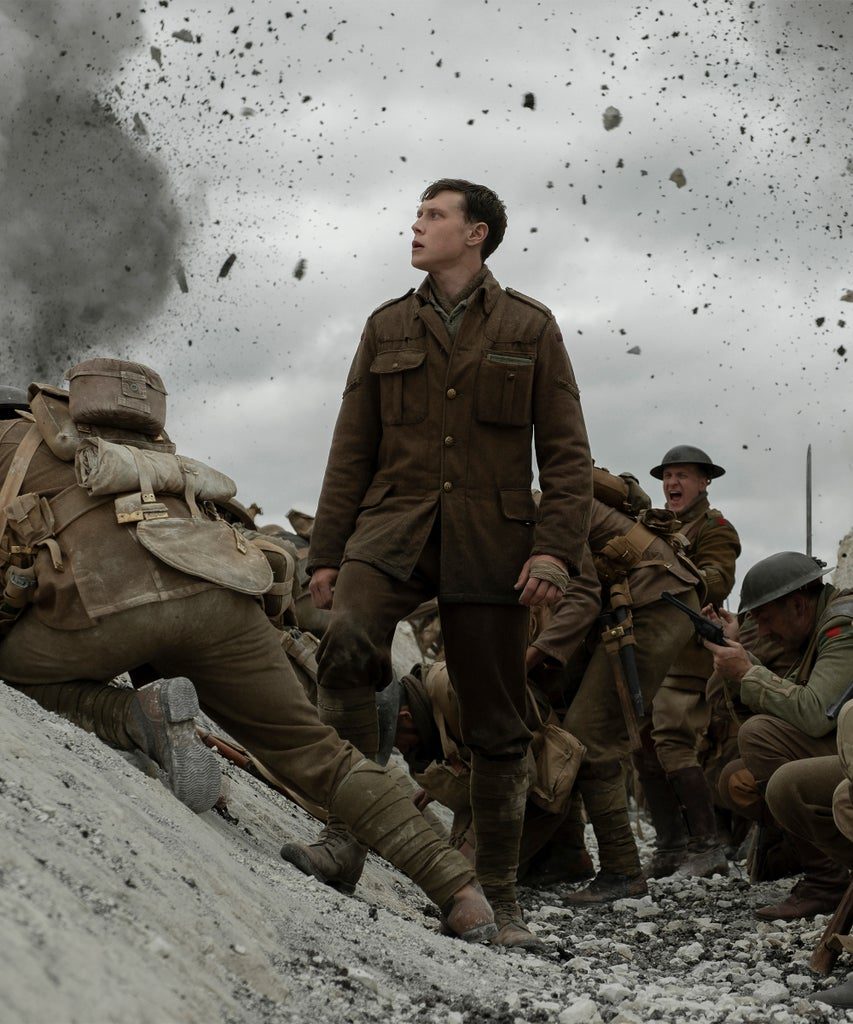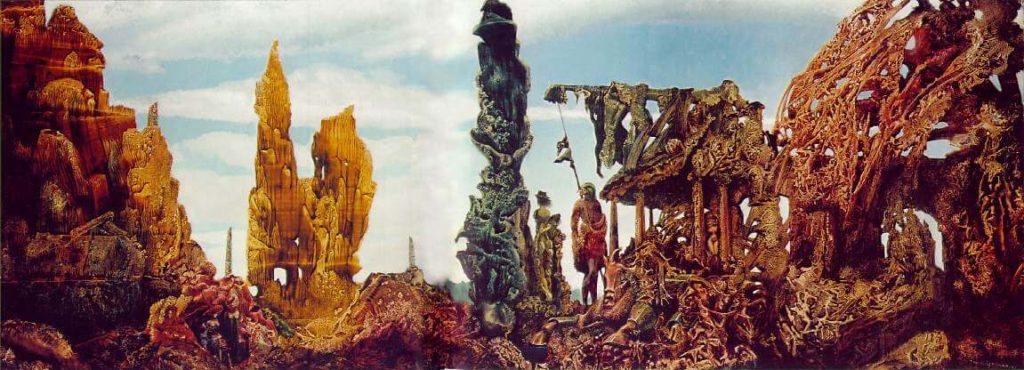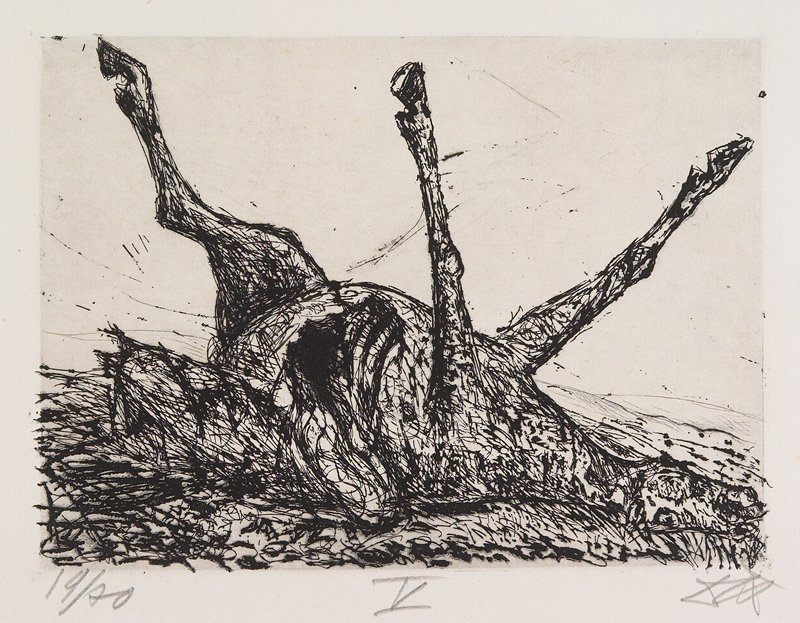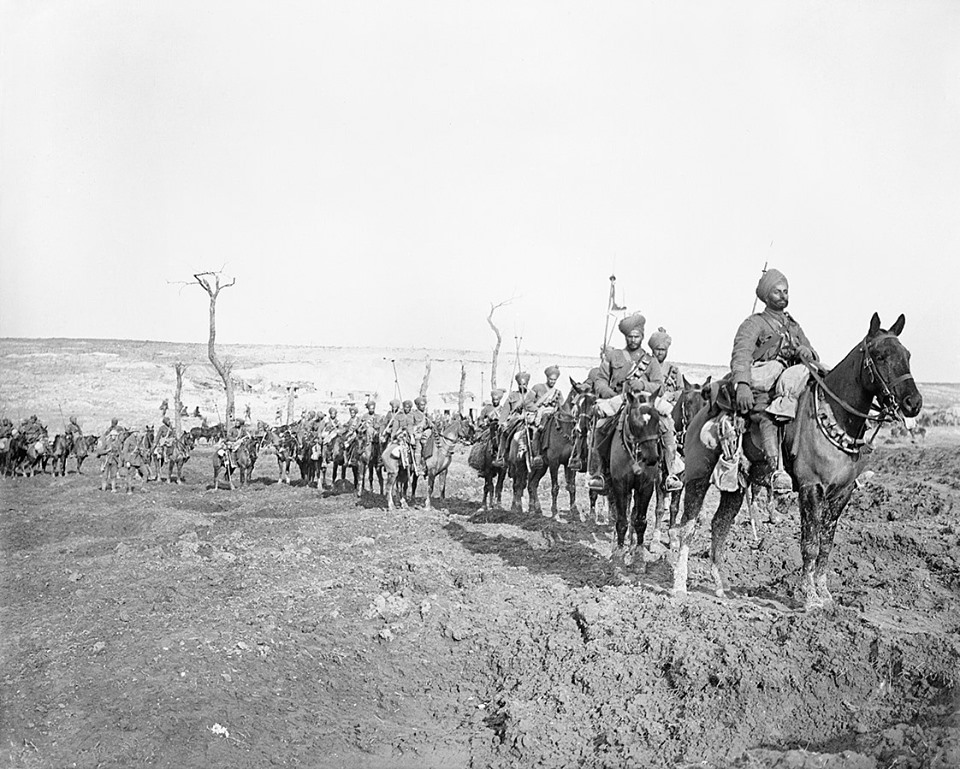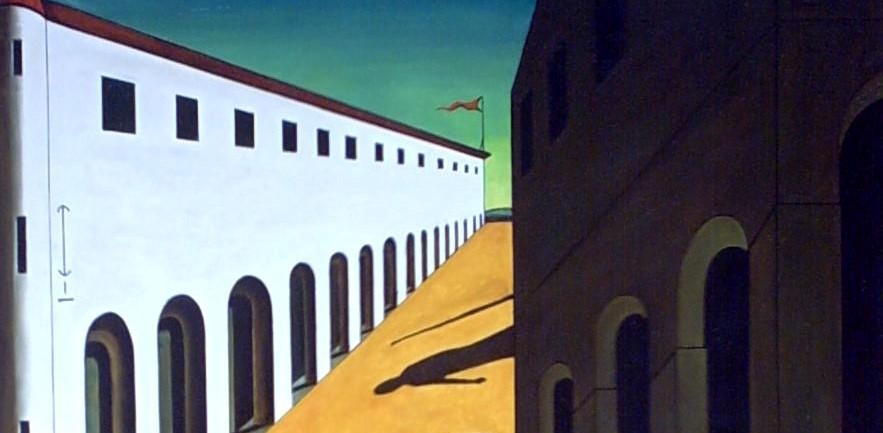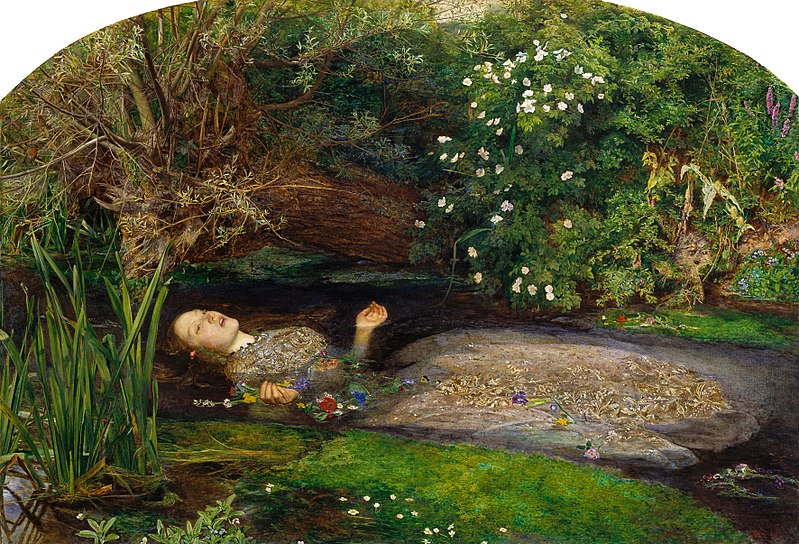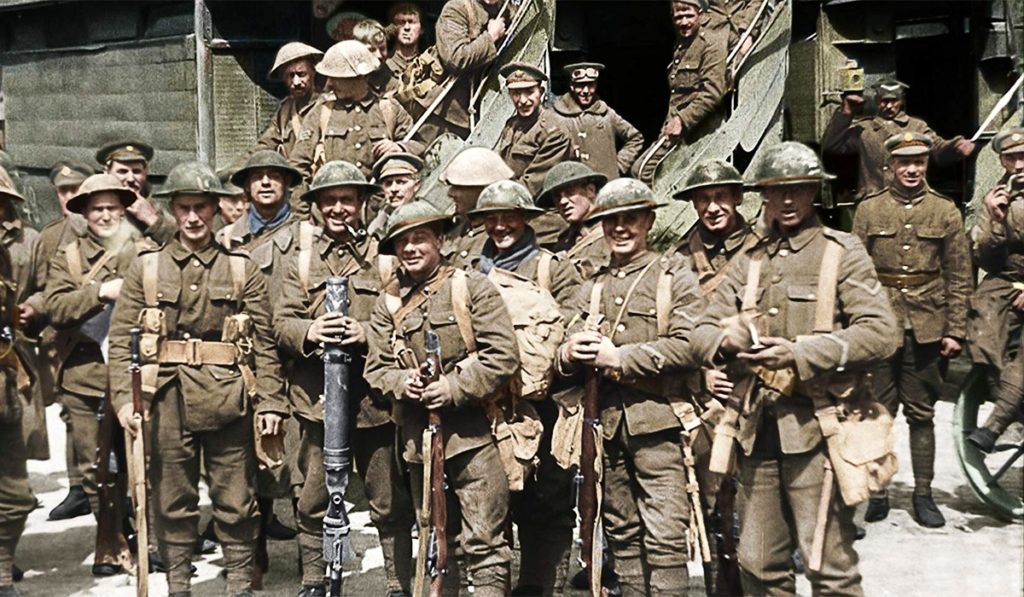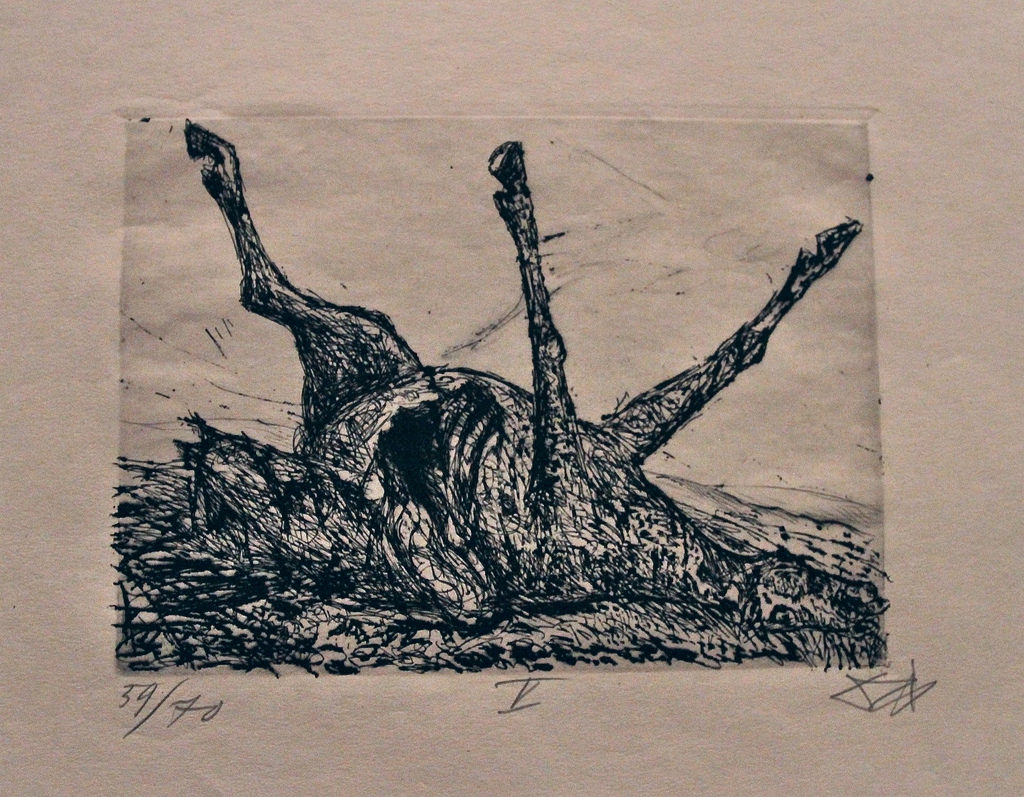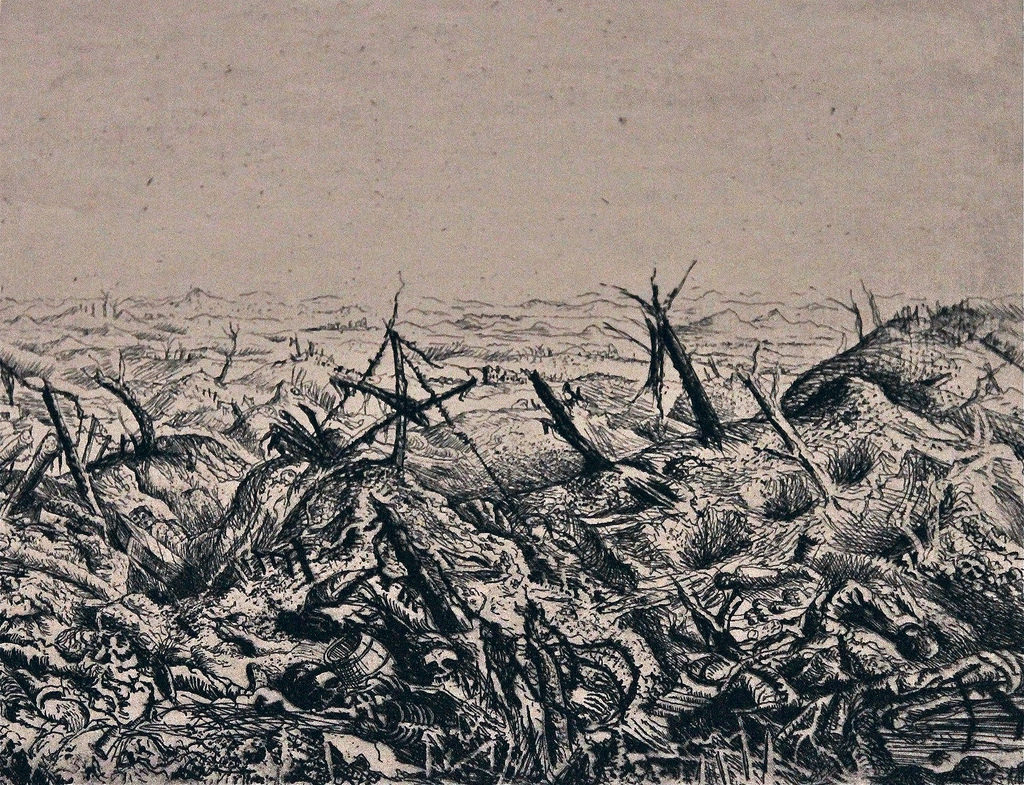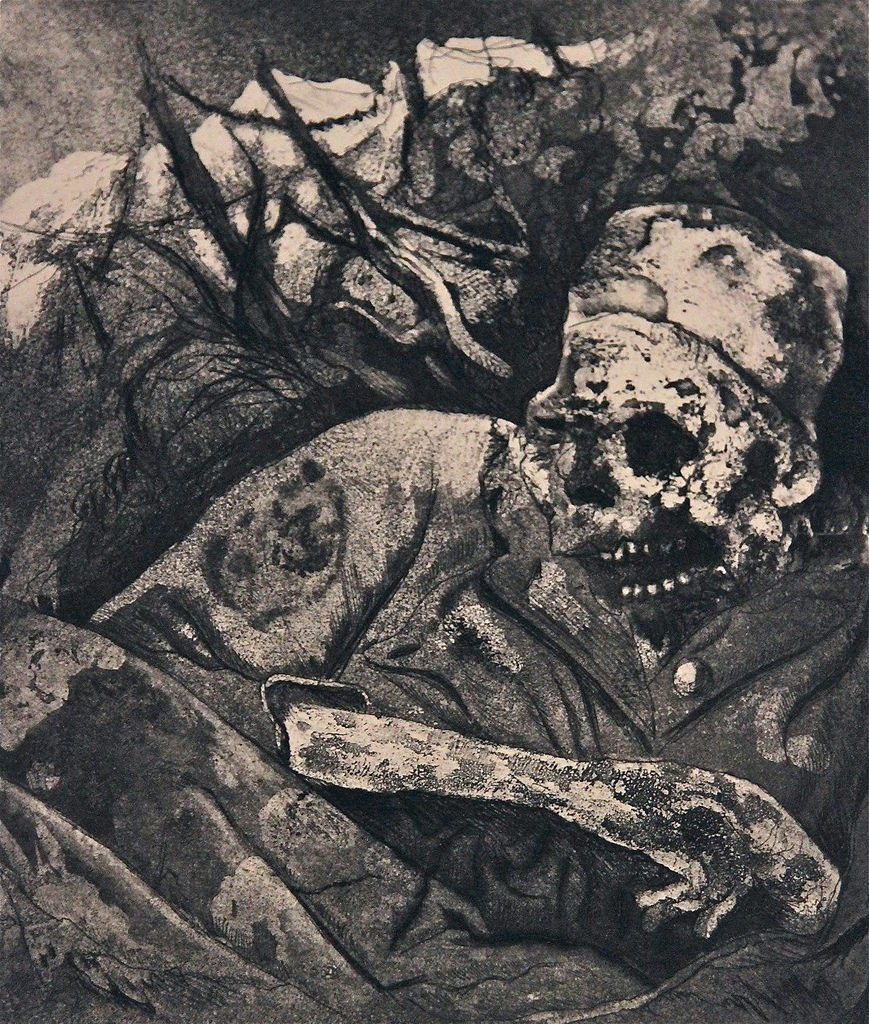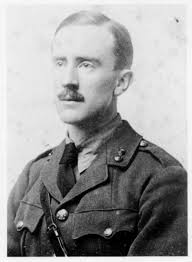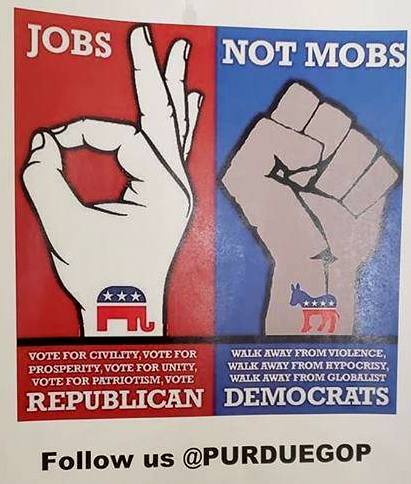New Nonfiction from Rob Bokkon: “The Last of the Gonzo Boys: P.J. O’Rourke, War, and the Evolution of a Political Mind”
“We hear the Iraqi army is systematically blowing up buildings in downtown Kuwait City. If the architecture in Kuwait resembles the architecture in Saudi Arabia, the Iraqi army will have done one good deed, anyway. As soon as the Iraqis have all surrendered, let’s send them to New York and let them take a whack at Trump Tower.”—P. J. O’Rourke, February 25, 1991
On February 15, 2022, Patrick Jake O’Rourke shuffled off this mortal coil owing to lung cancer. If P.J.’s general demeanor was any indication, this probably left him pissed off and in need of a drink. It certainly did me.
Who was P.J. O’Rourke?
P.J. O’Rourke was a dick.
“Gadfly” isn’t really evocative enough. He fulfilled that function, but it wasn’t his only schtick. “Curmudgeon” isn’t right either, even though he tried a little too hard to be one, especially as he got older. But curmudgeons don’t like anybody or anything, and P.J. had more than his share of joie de vivre. “Dick” pretty much sums it up—that one guy with an attitude problem and a drinking problem and possibly a coke problem, who says outrageous shit after his second bourbon that pisses off the whole room, and after the third one has everybody roaring with laughter.
He was a dick. But he was our dick, goddamnit.
And he was one hell of a writer.
At the risk of showing my age:
Back in the Grand Old Days of Print Media—in the misty, forgotten, sepia-toned era that is the late ‘80s and early ‘90s—everybody, and I mean everybody, read Rolling Stone. If you had the least pretension to musical hipness, you read RS. Your ex-hippie parents read RS. Your Atari-generation older siblings grew up on it, so there were always copies lying around the house. If your high school library was hip enough, they had it; college libraries always did, and so did record stores. We read it, we talked about what we read, we argued over the music reviews, we cut pics out to hang on our dorm room walls. It piled up under the coffee table, it stacked on the backs of toilets. It was everywhere.
Rolling Stone was fucking cool back then, too. They reviewed shit you’d never, ever have heard of otherwise, especially if like me you grew up in a rural coal-mining area of the Upland South. My friends and I pestered the poor long-suffering employees at Disc Jockey in the one tiny mall in Owensboro with increasingly strange requests for shit we’d heard of but couldn’t find in the bins, we kept lists of shit we wanted to hear in our pockets to offset the dread phenomenon known as Record Store Amnesia. Buying music was a big deal back then and we spent enormous amounts of the disposable income that we used to have so much more of on it. It was a feedback loop; read Rolling Stone, go to record store for shit you’d read about in Rolling Stone, buy the new Rolling Stone while you’re there, repeat. And it wasn’t just the music. They had great pieces on the entertainment industry, politics, global affairs.
But the really, really good times came when there was a P.J. O’Rourke article gracing the issue.
I’ve lost count of how many people have stared me down and said “YOU like P.J. O’Rourke? You, Rob BOKKON, Marxist and identity politics asshole and general leftist menace, actively buy his books?” Yeah, I do like P.J. O’Rourke. He’s a great writer, he’s funny as fuck, and he’s also wrong about almost everything and often heinously offensive. Do yourself a favor and don’t look up anything he ever wrote for National Lampoon. In fact, most of what was in National Lampoon is virtually unreadable to modern audiences and that’s probably a good thing—they were never as funny as they thought they were, and that whole “shock comedy” thing is mad lame anyway. That’s not to denigrate their impact culturally or whatever, but a bunch of white boys yelling the n-word because they can is not revolutionary and it wasn’t then either. I dislike all of PJ’s views on Marxism, not least because they’re facile and, well, silly; I dislike his views on American imperialism; I especially dislike his defenses of capitalism, which are based on a grade-school understanding of economics and amount to not much more than the “get rich while you can” ethos of Gordon Gekko or Patrick Bateman. There’s also the casual racism and sexism, which is to be expected from a Boomer white male straight Republican.
With that all said: I have rarely laughed harder than when reading P.J. go off on one of his tangents, especially when the target is his own party (which is frequent) or matters of foreign policy, with which he was well acquainted as an on-the-ground reporter, for ABC Radio, RS, and the egregious American Spectator. And his writing is valuable as historical documentation, of a particular political attitude that has vanished from the American intellectual landscape. Much, I would argue, to the detriment of that landscape.
I’m no big fan of “the discourse.” I don’t really regard engagement with today’s right-wingers as a useful or healthy activity. We have nothing in common other than citizenship, and I know that no amount of pleading on my part can convince anyone to stop being a terrible person. That falls firmly under the category of “personal development”, and people who think the government shouldn’t provide us with clean water but should have the authority to arrest LGBT+ people for existing are not, generally speaking, capable of much in the way of soul-searching. (You’re free to disagree with any of these statements as long as you know that you’re wrong.) I could give less of a shit what some KKK member in Indiana thinks of the economy or Black Lives Matter or socialism, because A: I already know what he thinks and B: what he thinks is shitty, so having a “dialogue” is going to benefit no one at all.
P.J. O’Rourke, of all the Republicans in the world, really just wasn’t like that. Sure, he was a plutocrat-fellating asshole and a warmonger and an apologist for the worst economic system the world ever created, but he would flat-out tell you that he was all those things and then smoke a joint with you. Hunter Thompson didn’t suffer fools gladly. Hunter Thompson liked P.J. So did Jann Wenner, the publisher of Rolling Stone for many decades, who’s hardly what you’d call a right-wing ideologue. And so did a lot of (in those days) liberal kids like me who found reading P.J. a delicious sort of crime, the thrill of the forbidden making the humor even more sharp.
We saw ourselves in P.J., even if we didn’t like what he had to say. He was a pure Boomer, but his attitude was so much more like that of Gen X: question everything, have an attitude about it, say what’s on your mind. Be bold. Be very wrong, if you have to be, and then take the time to examine what you were wrong about. But above all, say something. If something annoys you, bring it up. Be the squeaky wheel. Be the gadfly. Stir some shit up.
And stir shit he did. Liberals hated him (probably because he turned that laser gaze onto the silliest aspects of American pseudo-leftism and proclaimed them to be exactly what they were); conservatives hated him too. He thought Reagan was a dunce and Bush Sr. an affable goofball who stumbled into all his political successes (both of these facts are categorically correct); he hated, but hated, the Drug War and called it out for its waste of public dollars and its human consequence, to say nothing of its impact on our civil liberties. As P.J. saw it, no strict constructionist could defend the unlawful search and seizure that was drug testing, nor the Fifth Amendment violation of self-incrimination it virtually guarantees. “Jail will screw up your life worse than a whole Glad bag full of daffy dust,” he wrote, acknowledging something we’re just now starting to talk about, the failure of the punitive system to address anything meaningful about drug use in America.
Imagine a Republican saying THAT now. Imagine a Republican questioning the importance of the prison-industrial complex. Fuck, imagine a Republican questioning anything his own party did.
And that is why P.J. was the last Republican on this planet with whom I would have, willingly, shared a whiskey. Because he didn’t think the government needed to fuck with your private life. He didn’t think there was anything particularly noble in politics or politicians in general, and regarded the cultish worship of people in the public sphere of government as both perverse and un-American; he didn’t think people in a democracy were obliged to bow to anybody in particular, regardless of whether that somebody was JFK or Reagan. Plus, he is, to date, the only person to describe a landscape using the words “blood and diarrhea” in an article on American foreign policy, and that takes a certain amount of style. Audacity, anyway.
And nothing in this world succeeds like audacity. As P.J. himself might say, just look at Congress; right there you’ve got 535 people who work six months out of the year (maybe) for six-figure salaries, and the chief qualification for their job is saying things very loudly. Not only when they’re right, but especially when they’re wrong. Even the reasonably good ones have a huge dash of chutzpah, or they wouldn’t be in politics. P.J. famously called Congress a “Parliament of whores” in the early ‘90s. I would argue that this situation, post-Citizens United, has only gotten worse.
The current debate on members of Congress and their ability to trade stocks is also extremely germane to his basic point: public servants enriching themselves at the public trough at public expense are not good for the Republic. He was right about that. He was often right. He was more often wrong. But somewhere in all this, there’s a grain of something gone; that center we all hear about, the “core values” we’re all supposed to share, the general idea that maybe, just maybe, we could in fact all get along again if we just sat down and talked. But that was before QAnon, and anti-vaxx nonsense, and people who think the Earth is flat actually being elected to Congress (something P.J. used to joke about a lot). It may sound like I’m spreading the blame around equally here, and to some degree I am; the Democrats are largely useless. But they’re not the ones who got us to this point, and the liberal silliness P.J. so often derides ain’t got a patch on the festering pile of batshit crazy that is the modern Republican Party. P.J. thought book burnings were bad and wanted you to be able to snort all the coke you want. Marjorie Taylor Greene he wasn’t.
“She’s wrong about absolutely everything, but she’s wrong within normal parameters.”—P.J. on why he voted for Hillary over Trump
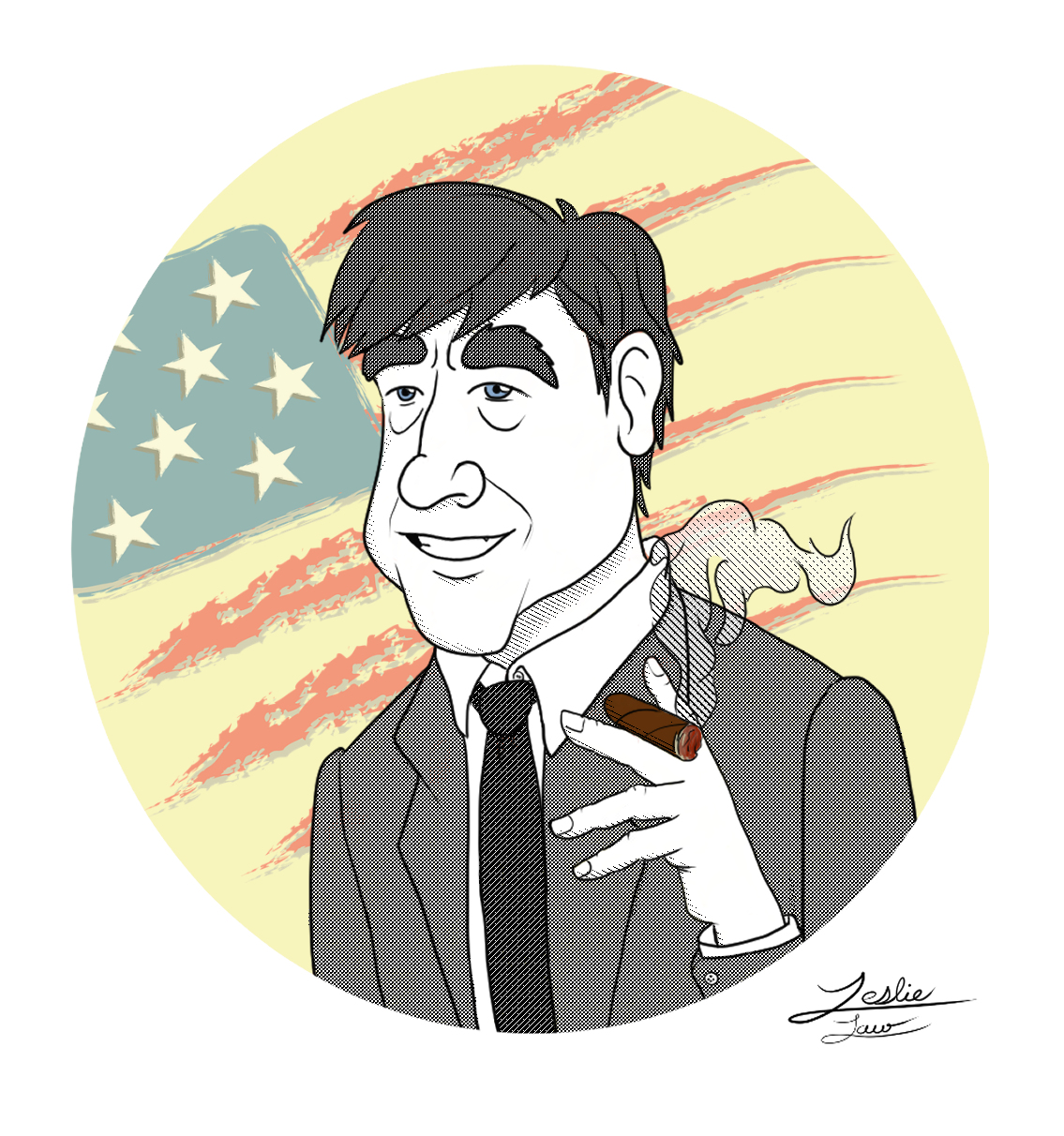
Speaking of coke: If you like Dr Hunter S. Thompson, you’ll like P.J. It’s the same basic thing; gonzo journalism, the writing of a serious piece as though it’s a work of fiction, Truman Capote’s nonfiction novel concept writ large (writ small?), the whole world filtered through style. A rejection of bland reportage in favor of commentary, a flat exposure of the lie of objectivity, an embrace of the good things about writing in English. Just because it’s news doesn’t mean it can’t be fun. There would never have been a Jon Stewart without gonzo journalism, nor a Colbert, nor a Jon Oliver, nor an Anthony Bourdain. There’s something very true about it. Something honest. No bullshit other than the author’s bullshit, which is a given when you write anything; when the reader knows, intimately, that what they’re reading is opinion, they’re much more likely to pay some attention to the content of what you say.
This is why smart people like shit like The Daily Show and stupid people watch Fox News. If you know you’re consuming biased content, and act accordingly, at least you’re thinking. If you consume biased content, and either don’t know it’s biased or, worse, defend it as unbiased, then you’re doing the opposite of thinking. P.J. hated stupidity. He hated Trump. He held his nose and voted for Hillary Clinton because, as he said, “She’s wrong about absolutely everything, but she’s wrong within normal parameters.” This would have made sense to Dr Thompson. It was, for a Republican, a very gonzo thing to do. It was…well, it was honest. And it added to the rich narrative thread that was P.J.’s life. At this point, he was a darling of NPR, a regular on Wait Wait Don’t Tell Me, every Democrat’s favorite Republican, the snide funny dude on your radio while you made lunch on Saturdays, if that’s your sort of thing. His previous persona must have been shocked, but his capitalist soul liked the checks, so I guess it worked out, even if his bread and butter came from publicly-funded liberal media.
Imagine Lauren Boebert being on Wait Wait Don’t Tell Me. Imagine Lauren Boebert on any quiz show at all. Fuck, imagine Lauren Boebert in high school academic team. Actually, don’t do that, because that exact scenario is coming soon to a dank conference room near you, now that the GOP has discovered books exist and are doing their level best to do something about that.
P.J. at War
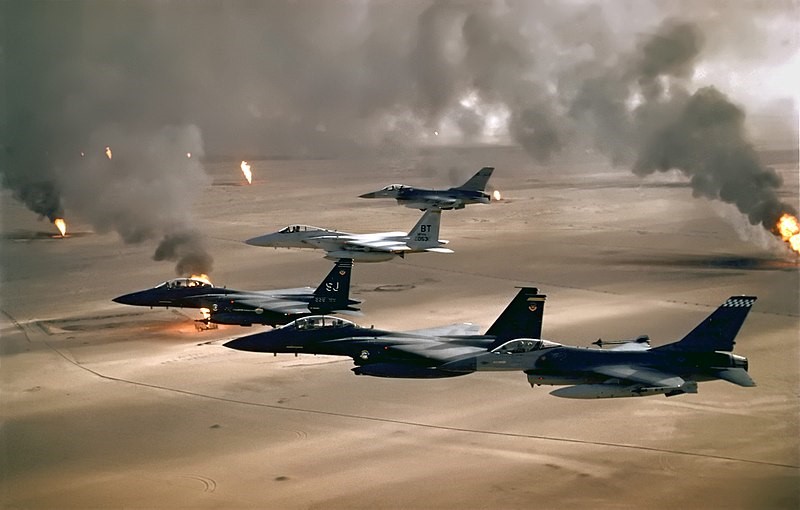 “Wherever there’s injustice, oppression, and suffering, America will show up six months late and bomb the country next to where it’s happening.”
“Wherever there’s injustice, oppression, and suffering, America will show up six months late and bomb the country next to where it’s happening.”
P.J. was no stranger to world conflict. He’d been in Lebanon in 1984, in Seoul for the 1987 election of Roh Tae Woo that ended decades of authoritarianism. In ’89 and ‘90, P.J. was assigned to cover the (often premature) collapse of various Communist regimes in Central America and Europe for both Rolling Stone and American Spectator, along with a few other global hot spots that were in turmoil outside of the realm of Marxism. There’s a lot to like here, a lot to laugh at, and a lot of head-shaking. He advances the cause of the modern conservative narrative “liberals = socialists = supporters of totalitarianism”, which is both silly and contains one small element of truth: the liberal-to-socialist pipeline is a thing, as anybody who started out as a James Carville Democrat and wound up a red-flag-waving socialist can tell you. (Author waves enthusiastically at the audience.)
Regardless of his silliness and eventually incorrect predictions about the “death of Communism”, the articles were good. They took us to places that, as P.J. said, “the United States only cared about if we got our dope from them.” The crowing over the defeat of the Sandinistas in 1990 is amusing in hindsight, given how long Danny Ortega has now been President of Nicaragua and also given the continuing Pink Tide in South and Central America. But the piece on Paraguay was particularly good, acknowledging as it did that U.S. allies in the Dirty War were also super-comfortable with Nazi expatriates and connections with apartheid South Africa, and flatly stating that our Cold War ally had tortured its own citizens. P.J. said that was a bad thing. He acknowledged U.S. complicity in bullshit, which wasn’t even the focus of the article. He just said it and moved on. At the time of publication, it was barely noteworthy. Now it’s revolutionary. P.J. wasn’t always right, but he was consistent. He hated what he hated and he liked what he liked, and he didn’t approve of torture. He didn’t like it when Stroessner did it in Paraguay and he didn’t like it when Saddam did it in Kuwait and he didn’t like it when we did it in black sites. Conservatism once had limits.
Imagine, if you will, those days. Imagine conservatism with self-examination. Imagine conservatism being, well, conservatism.
The way I see it, it’s a pretty philosophy on paper, but it never works in the real world.
“HOOOOO-AH!!!”, as the Gulf troops say.”
In 1990, Saddam Hussein, perpetual ally/enemy/focus of American Middle East foreign policy, invaded Kuwait, and very shortly the United States wound up in its first proper shooting war since Vietnam, since everyone knows Grenada and Panama don’t officially count. Whatever, this was big, and more importantly it was on TV, and a bunch of people I know and you know were fucked up by it. It led directly to our continuing policy of interventionism in a region that was better left alone or influenced by diplomacy. It led to Bush Jr. and Guantanamo and Abu Ghraib and twenty fucking years in Afghanistan and more dead civilians than anyone knows how to count properly, and a bunch of American kids with lifelong PTSD and wounds that won’t heal. It led to Bill Clinton bombing Iraq, on average, every two weeks of the eight years he was in the White House. It led to the attitude that perpetual war was the norm, not the exception.
Maybe it is. Maybe we can’t function without it now. But in 1990, it was a fun new conceit and it didn’t involve the Soviet Union, so we were fairly convinced it was an adventure that wouldn’t precipitate The Big One. I guess it depends on what your definition of The Big One is. Regardless, ABC Radio (of all people) sent P.J. to the Middle East as a war correspondent on the strength of his global reporting of the last couple of years, and Rolling Stone decided to get in on the action too with print columns, and thus we got a Rolling Stone view of American foreign policy in the Bush years. Which is a weird sentence, no matter how you parse it.
P.J. was on the ground for most of the war, and his writings on the subject are still poignant, still relevant as a document of a time when the USA was in its ascendancy and the Soviet Union descending into chaos. We were flexing our global muscle against someone who’d been an ally as recently as two years ago; we were enforcing the Carter Doctrine; we were giving the finger to the planet, and weirdest of all—almost no one objected.
As P.J. said, “There don’t seem to be a lot of celebrities protesting against this war. New Kid On the Block Donnie Wahlberg did wear a ‘War Sucks’ T-shirt at the Grammy awards, but that’s about it. In fact, I’ve heard that Jane Fonda has decided to maintain public silence on the subject of Desert Storm. Getting Jane Fonda to be quiet—this alone makes fighting Iraq worthwhile. ” It’s a cheap shot for P.J., an easy, misogynistic swing at a conservative target of ire so predictable that it should be beneath his notice, but it’s worth mentioning for a reason. The complete defeat of anti-war ideology in the US in those days was a very real thing, replaced by what P.J. called “kick-ass patriotism” and a general belief that what we were doing was just. P.J. certainly believed in the cause, but he also thought the whole thing was absurd and was happy to point out exactly how:
“You may wonder what the job of a Gulf War journalist is like. Well, we spend all day broadcasting on the radio and TV telling people back home what’s happening over here. And we learn what’s happening over here by spending all day monitoring the radio and TV broadcasts from back home. You may also wonder how any actual information ever gets into this loop. If you find out, please call.”
P.J. traveled through Jordan, Syria, the UAE, Saudi Arabia, and wound up in Kuwait City just before US and coalition forces arrived, but after the Iraqis had trashed the place and headed for home. He embedded with troops (another first for that war) and got shot at, nearly arrested more than once, had Scuds lobbed at him and very nearly blew himself up when he, lit cigar firmly screwed in the side of his mouth, opened up an Iraqi demolition booby trap consisting of a pile of RPGs and a grenade with the pin out. Although he later said the most dangerous thing he did throughout the whole war was cook spaghetti sauce on a camp stove on the Hilton roof with his flak jacket off, because the Kuwaitis took that opportunity to celebrate the US victory by firing “every available weapon in the air, including the .50 caliber dual-mount machine guns on the Saudi and Qatari APCs…Finally, a Brit and a veteran of the Special Air Services could stand it no more and leaned over the roof parapet and bellowed at the trigger-crazed Kuwaiti merrymakers ‘STOP IT! STOP IT! STOP IT! PUT THOSE FUCKING GUNS AWAY AND GO GET A MOP AND A BROOM AND CLEAN THIS COUNTRY UP!’”
“Peacenik types say there would be no war if people truly understood how horrible war is. They’re wrong. People don’t mind a little horror…but everybody hates to be bored and uncomfortable. If people truly understood how much sleeping on rocks, how much eating things rejected by high school cafeterias, how much washing small parts of the body in cold water and how much sheer sitting around in the dirt war entails, we might have world peace after all.”
 Kuwait City after the Iraqi withdrawal. “It looked like all the worst rock bands in the world had stayed there at the same time.”
Kuwait City after the Iraqi withdrawal. “It looked like all the worst rock bands in the world had stayed there at the same time.”
******
Here’s the thing about P.J.
P.J. opened your mind to the possibility that ideologies could be fluid. That you could believe a thing and maybe later change your mind. That you could evolve. He had.
A self-confessed “peace weenie” and “liberal goofball” in the ‘60s, P.J., like so many others of his generation, made the rightward swing in the late ‘70s and landed, not so much in the Reagan camp, but at some outpost of his own building, an ideological stronghold somewhere between classical liberalism and drug-legalization libertarianism, with a hearty dash of that countercultural anti-authoritarianism (and of course the dope) still firmly in the mix. He wasn’t tidy, in fact he could be absolutely all over the place and even self-contradictory. Good thinkers often are. Great writers usually are, because they say what they’re thinking when they’re thinking it and often live to regret it later.
Here’s why that’s important, at least to me: P.J., in his rejection of his former principles, gave me the courage to take the step away from moderate centrism and to embrace the leftist principles that truly evoke my core beliefs. I stopped caring about where people wanted me to be and reached out for the things I thought were right. It’s messy here sometimes, and it pisses people off. (Lord knows P.J. would think I was a weenie or worse. He would also be pleased that I don’t care.) But it’s mine. I thought it through, I stood up, I said something.
As I write this, Russia has invaded Ukraine. The world situation is dire in a way it hasn’t been in decades. Putin is rattling the nuclear saber, Zelenskyy is making himself into a world media icon, Ukrainian grandmas are becoming social media darlings by cussing out 18-year-old conscripts on video, there may or may not be thermobaric bombs dropping on civilians and nobody knows if the Ghost of Kyiv is real or not, but damn, it’s a story of kick-ass patriotism. And all over the world, people are standing up, people are saying something, people are trying to make a difference.
I just wish P.J. were here to give us his take. I wish Anthony Bourdain was here too. The world needs cynicism and humor, but also basic decency and compassion, when the shit gets too real. Oh, they’d probably hate each other, but I’d pay real money to see the two of them shout at each other over whiskey and cigars on CNN. Wherever you are, Gonzo Boys, we could use a dose of your realness right about now.
—
O’Rourke, P.J. Give War a Chance. Grove Press, 1992.
O’Rourke, P.J. Holidays In Hell. Grove Press, 1988.
O’Rourke, P.J. Thrown Under the Omnibus. Grove Press, 2015.
